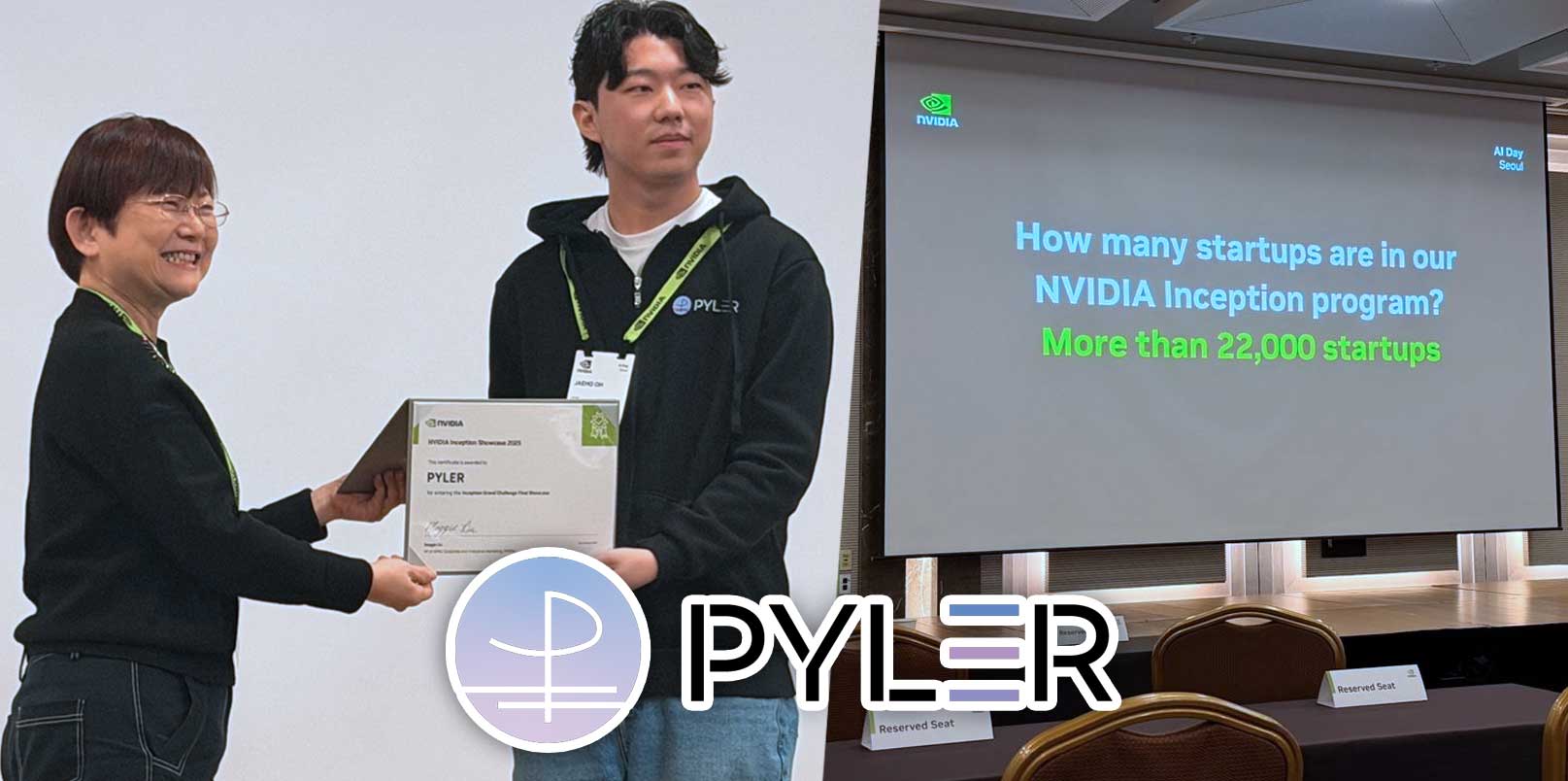Typo errors in messages on smartphones can be frustrating. But what if one could ensure fewer typos? South Korean startup NOTA has developed a smart keyboard, which reduces typo errors to half. The keyboard’s technology adapts to the usage pattern of the individual and produces words as per conversation records.
A Keyboard that works according to users’ habits
Typo errors on any soft keyboard are usually due to the discordance between the user’s touch input coordinate and the keyboard’s actual detecting region. NOTA’s keyboard doesn’t change the keyboard layout but alters the invisible region of each character’s detecting region, reducing possibilities of errors. The more one uses the keyboard, the lesser the chances of errors.
The NOTA Keyboard operates independently on the mobile, which means any personal conversation are never leaked. NOTA uses emotional intelligence technology for the keyboard. It is able to recognise a human emotional state and understand contexts in human conversation based on multimodal (audio, video) data. This technology is an underlying technology that can be applied to Artificial Intelligence and can share emotions with people.
NOTA keyboard has many advantages. Its typo-reducing technology can be applied to existing diverse keyboards regardless of language or input method. The keyboard technology reflects the user’s typing habit with each individual’s hand shapes and positions and provides a personalised typo-reducing algorithm. The user-friendly technology can be used instantly without any new input method or additional manipulation.
NOTA’s real-time object recognition application operates by state-of-the-art performance object recognition models in real time on edge devices (mobile, IoT devices). Therefore, unlike other software, it is robust to latency issues, privacy issues, and does not consider any network and server cost.
Technology as per users’ convenience
The Daejon-based company works on a philosophy of using Artificial Intelligence or Machine Learning to make the world more convenient for its technology users. The startup was launched in 2014 through Korea Advanced Institute of Science and Technology (KAIST)’s startup incubation program. The startup had received its seed investment from the NAVER D2 startup factory in 2015. In November 2018, it received government funding of $170k.




